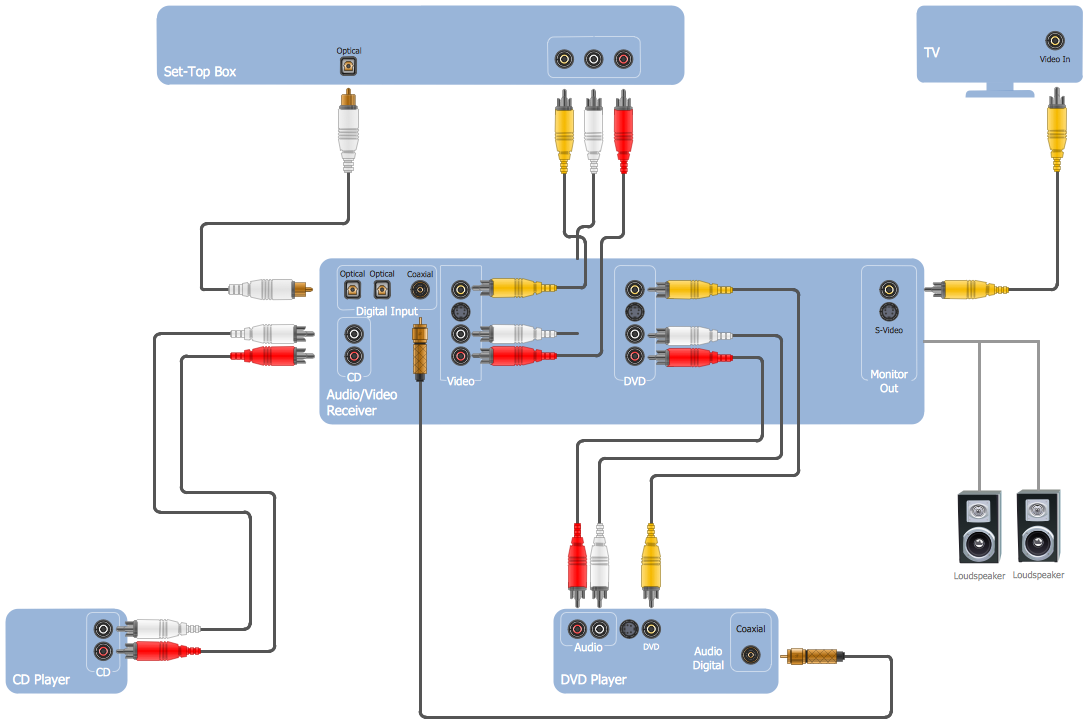Revolutionizing Broadcasting through Innovative Audio over Internet Protocol Technologies toward a Connected Future
Revolutionizing Broadcasting through Innovative Audio over Internet Protocol Technologies toward a Connected Future
Blog Article
The world of broadcasting is undergoing a major shift thanks to innovative audio via IP (AoIP) solutions. These developments are changing how audio programming is produced, distributed, and consumed. Audio over IP refers to the method of sending audio streams over a digital system, using Internet Protocol (IP) instead of traditional analog methods. This change not only improves the quality of audio delivery but also provides broadcasters with more freedom and authority over their content.
A single major benefit of audio over IP technology is its ability to connect various devices and technologies seamlessly. Traditional broadcasting frequently depended on intricate wiring and tangible links, which could be burdensome and limited. With AoIP, broadcasters can easily interface microphones, audio consoles, and additional equipment through a shared network. This integration allows for off-site broadcasting and live streaming from almost any location, making it simpler to connect with audiences across the globe. As a consequence, broadcasters can respond quickly to current issues and listener demands, leading to more vibrant and engaging content.
Moreover, AoIP systems supports superior audio formats that enhance the auditory experience. Unlike conventional broadcasting techniques, which may compromise sound standards, audio over IP can preserve the purity of the audio stream during the transmission process. This means that listeners can enjoy crisper and richer sound, regardless of whether they are listening in via terrestrial radio, streaming find more information online, or employing portable devices. The capability to provide premium audio is particularly crucial for musical and discussion programs, where each detail matters to the listeners.
Moreover, the adoption of audio over IP technologies can lead to cost savings for broadcasters. By using existing network infrastructure, companies can eliminate the need for costly hardware and large-scale cabling. This not only reduces initial costs but also lowers operational expenses over time. Broadcasters can distribute resources more effectively, investing in production and human resources growth. As a consequence, the entire media industry can gain from increased creativity and inventiveness, as funds are reallocated toward improving programming and interacting with audiences.
In summary, the shift towards audio over IP systems is changing the media landscape. By enabling smooth links, enhancing audio quality, and reducing costs, AoIP is clearing the path to a better integrated future in media. As media organizations continue to adapt to these changes, they will be better equipped to satisfy the demands of their listeners, produce compelling programs, and stay competitive in an ever-evolving industry. The future of broadcasting is promising, and audio over IP will take a crucial role in shaping the manner in which we experience audio content in the years to follow.